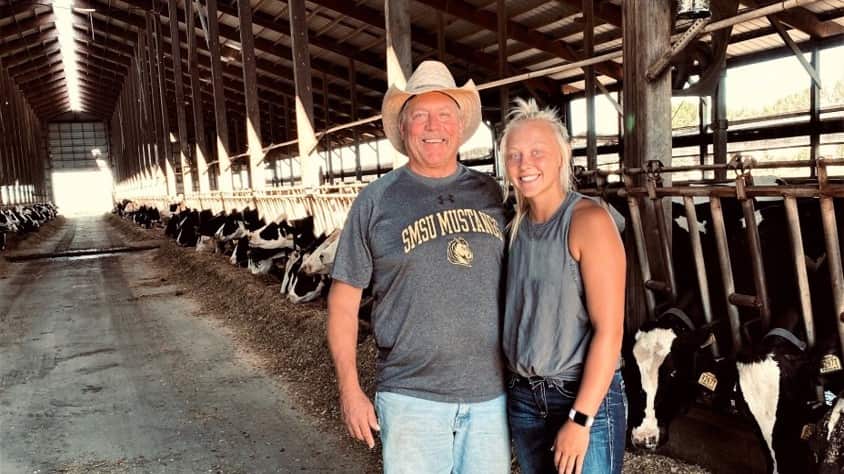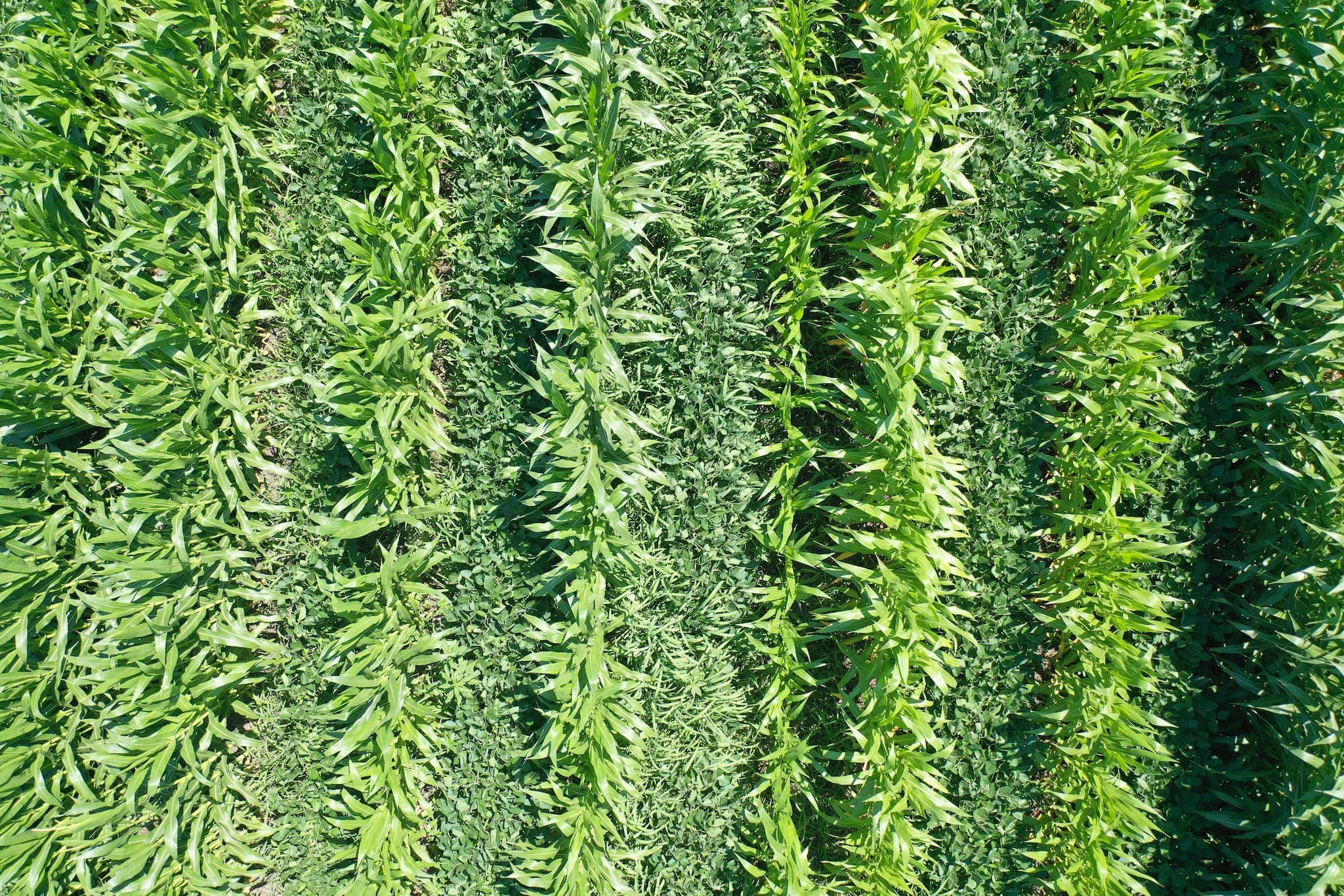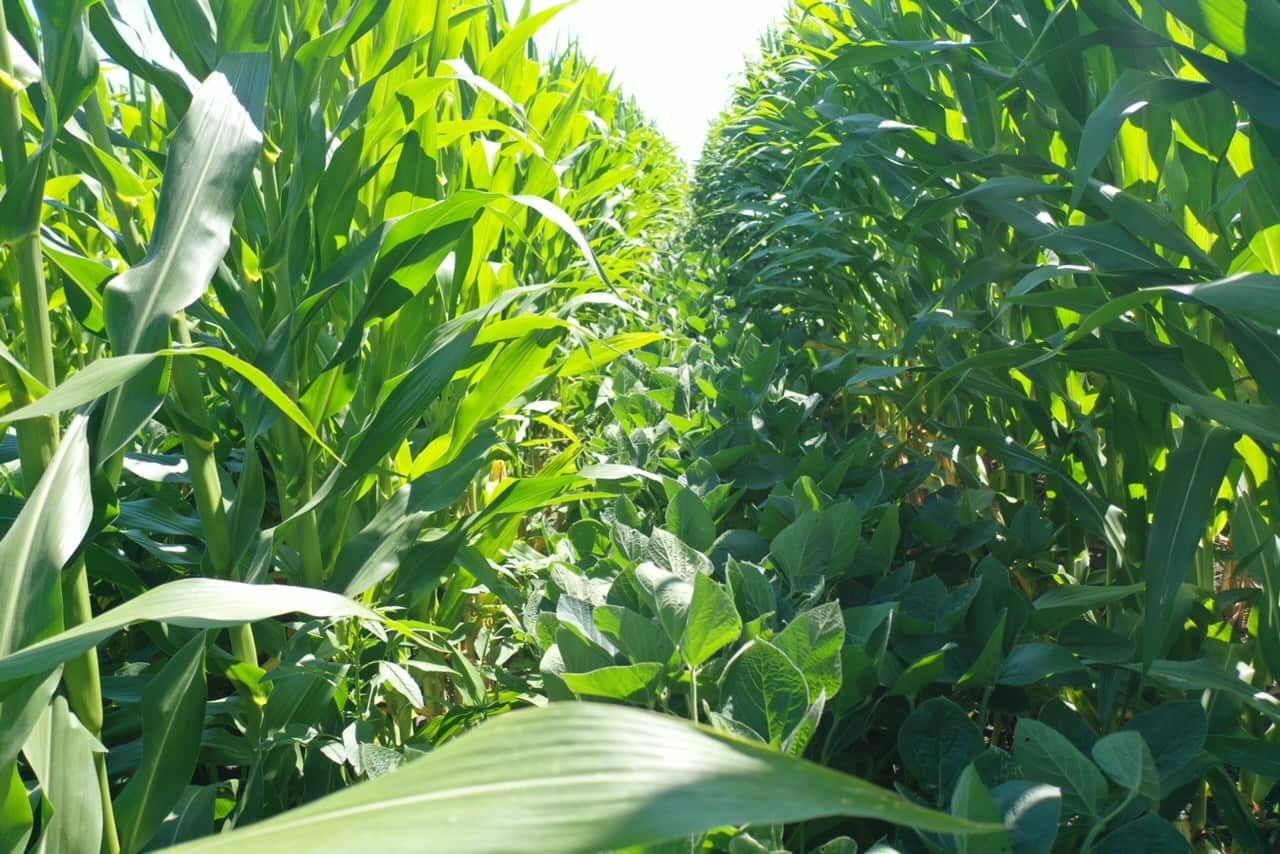Using cover crops at Stelter Holstein Dairy. Learn how cover crops reduce deep tillage and keep as many acres covered over the winter.

FarmQA Note: See the latest from Stelter Dairy in this Ag Week post.
FarmQA Note: This week’s blog was submitted by Sadie Stelter, a college senior majoring in AgBusiness Management and minoring in Agronomy, at Southwest Minnesota State University in Marshall, MN. Sadie is also a member of the Lady Mustangs basketball team. She is spending her summer internship using drone technology to scout field health and stand counts, along with some scouting on foot, for a seed company representative in southern Minnesota. After graduation, Sadie will most likely continue her work in agronomy and also put it to use on the family farm. Thanks for your story, Sadie. We like to hear from future ag business professionals about what they’re doing to improve and manage soil health.
An Ongoing Experiment Since 2011
We first implemented the use of cover crops in 2011 and have been using them ever since. The main idea behind using cover crops was to reduce deep tillage and keep as many acres covered over the winter. The first two years we experimented with cover crops, they worked very well, but these last two, due to weather and other various conditions it hasn’t worked as well as we had hoped. With different experimentation were hoping to improve our experience.
Variety—the Spice of Life and Cover Crops

The crops that are used most in our cover cropping program are cereal rye, triticale, a legume— such as vetch, Austrian winter pea, red clover or crimson clover—and for deep tillage, radish or turnips. Multiple species blends tend to be more beneficial for soil health, they provide different bacteria, different break down rates, water retention and help create a “living” soil that a soybean and corn crop rotation cannot maintain. Cover crops also keep the soil in place and prevents erosion at a high rate.
Increasing Silage Value

This year we are experimenting with 60-inch corn interseeded with forage soybeans, Italian rye grass, red clover and radish. We are trying to accomplish two things: 1) increase the value of the corn silage and 2) establish cover crop early in the season to get some growth. After corn silage was made last year, we planted cereal rye in the corn ground in hopes to harvest in the spring. The rye did not germinate as well as we had hoped due to weather conditions. We interseeded triticale into the rye and chopped it off in June. Now we have planted forage sorghum into the same field, interseeded with red clover, radish and rye. Sorghum is high in sugar which drives consumption at our dairy.
Making A Measurable Impact

We have increased the ability to produce feed on the acres that we farm by 20-25% by being able to utilize highly digestible, high quality forages that cover cropping practices provide. Today’s modern dairy cow needs highly digestible high-quality forages for high milk production. We have found through the use of high starch corn, alfalfa and cover crops and other alternative crops has given us the ability to maintain 30,000lbs RHA (Rolling Herd Average) with high components. An added benefit is that we’ve increased our soil organic matter to an average of 10%. Of course, some of the credit goes to the natural fertilizer produced by our herd.
A Learning Legacy
When we started, we had two goals in mind: 1) produce three crops in two years and 2) maintain and increase the value of the soil for the next generation. Using cover crops is constant experimentation and when you think you finally figure it out, things will change, so keep experimenting every year.



